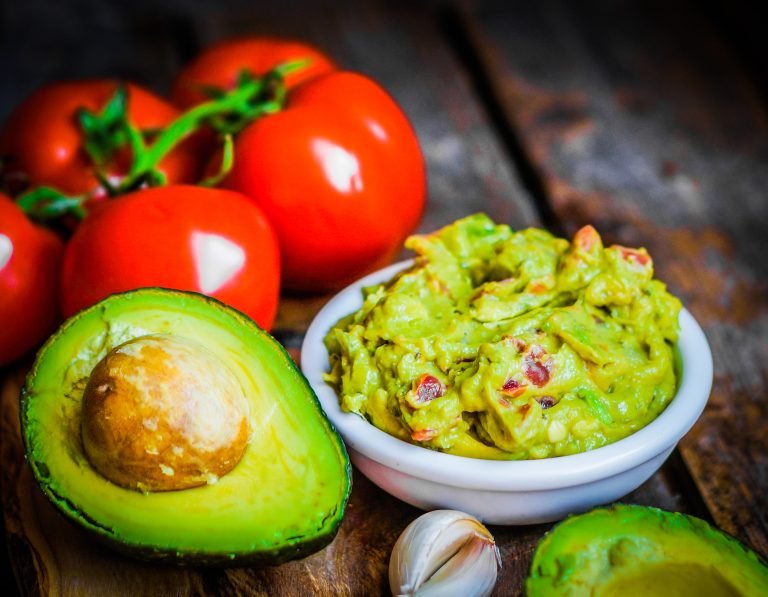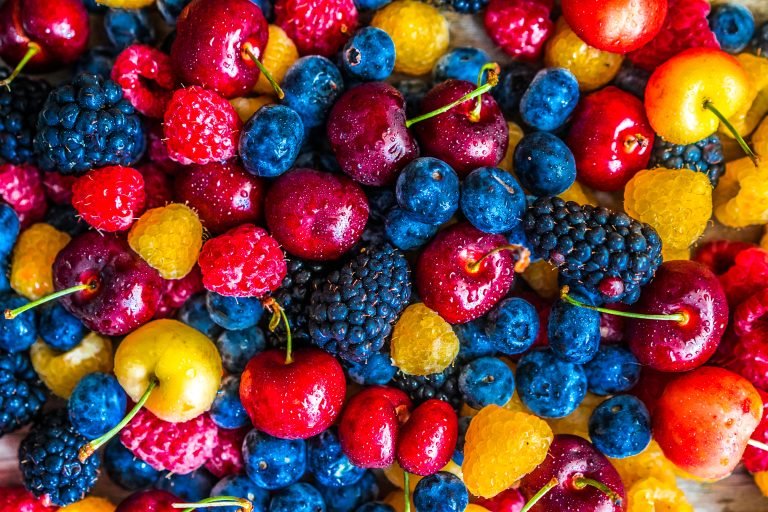How to Use Carb Cycling to Reach Your Ideal Body Weight
Losing weight can be a challenging task, especially when you have tried everything and nothing seems to work. However, there is one diet plan that has been gaining popularity in recent years – carb cycling. In this blog post, we will discuss what carb cycling is, its benefits for weight loss, how to create a successful meal plan, a sample diet plan, and answer some frequently asked questions about carb cycling.
Introduction to Carb Cycling
Carb cycling is a diet plan where you alternate between high-carbohydrate days and low-carbohydrate days. The idea behind this diet plan is to manipulate your body’s hormones to burn fat more efficiently. On high-carbohydrate days, you consume more carbs than usual, which increases insulin levels in the body. This helps to store glycogen in muscles and liver, which leads to an increase in water retention. As a result, you may experience a slight weight gain on these days.
On low-carbohydrate days, you reduce your intake of carbs significantly, which decreases insulin levels in the body. This causes the body to break down stored glycogen into glucose, which results in a decrease in water retention. Therefore, you may experience a slight weight loss on these days. By alternating between high-carbohydrate and low-carbohydrate days, you can trick your body into burning fat more effectively while still enjoying your favorite foods.
The Benefits of Carb Cycling for Weight Loss
There are several benefits of carb cycling for weight loss. Firstly, it helps to boost metabolism by increasing insulin sensitivity. When you consume fewer carbs, your body becomes more sensitive to insulin, which means that it can process sugar better. Secondly, carb cycling helps to prevent boredom with your diet as you get to enjoy different types of foods on different days. Thirdly, it helps to reduce cravings for sugary foods as you will not feel deprived since you know that you can indulge on high-carbohydrate days. Finally, carb cycling can help to improve overall health markers such as cholesterol levels, blood pressure, and blood sugar control.
How to Create a Successful Carb Cycling Meal Plan
To create a successful carb cycling meal plan, you need to first determine your calorie needs based on your age, gender, height, weight, and activity level. Once you know your daily calorie requirements, you can divide them into two categories – high-carbohydrate days and low-carbohydrate days. For example, if your daily calorie requirement is 2000 calories, you could allocate 1500 calories for high-carbohydrate days and 1200 calories for low-carbohydrate days.
Next, you should decide which foods to include on each day. On high-carbohydrate days, you can eat starchy carbs like potatoes, rice, pasta, bread, and fruit. You can also include lean protein sources like chicken or fish, along with healthy fats like avocado, nuts, and olive oil. On low-carbohydrate days, you should focus on consuming non-starchy vegetables like broccoli, cauliflower, spinach, kale, and peppers. You can also include lean protein sources and healthy fats on these days. It’s essential to make sure that you do not overeat on either type of day.
Sample Carb Cycling Diet Plan
Here is a sample carb cycling diet plan:
Day 1 (High-Carbohydrate Day):
Breakfast – Oatmeal with banana and almond butter
Snack – Apple slices with cheese
Lunch – Grilled chicken salad with mixed greens, tomato, and avocado
Dinner – Baked sweet potato with black bean tacos
Day 2 (Low-Carbohydrate Day):
Breakfast – Scrambled eggs with sautéed spinach and mushrooms
Snack – Roasted chickpeas with hummus
Lunch – Grilled salmon with roasted Brussels sprouts and cauliflower rice
Dinner – Beef stir-fry with bell peppers and zucchini noodles
FAQs About Carb Cycling
1. How many times per week should I cycle? – There is no set number of cycles per week, but most people prefer to cycle twice per week. Some people choose to cycle every other day instead.
2. Can I drink alcohol on carb cycling days? – Alcohol should be avoided on both high-carbohydrate and low-carbohydrate days as it contains empty calories and can disrupt your progress. If you must drink, limit yourself to one glass of wine or beer per day.
3. What if I don’t like certain food groups? – If you don’t like certain food groups, you can substitute them with something else from the same macronutrient group. For example, if you don’t like dairy products, you can use coconut milk or almond milk instead.
4. Will I lose muscle mass on carb cycling? – No, you won’t lose muscle mass on carb cycling unless you are severely restricting your calorie intake. Carb cycling encourages the body to burn fat while preserving muscle mass.
Conclusion
Carb cycling is a powerful tool for weight loss that allows you to enjoy your favorite foods without feeling guilty. By following a well-planned carb cycling meal plan, you can boost your metabolism, reduce cravings, and improve overall health markers. Whether you want to shed a few pounds or achieve your ideal body weight, carb cycling can help you reach your goals faster and more efficiently.





